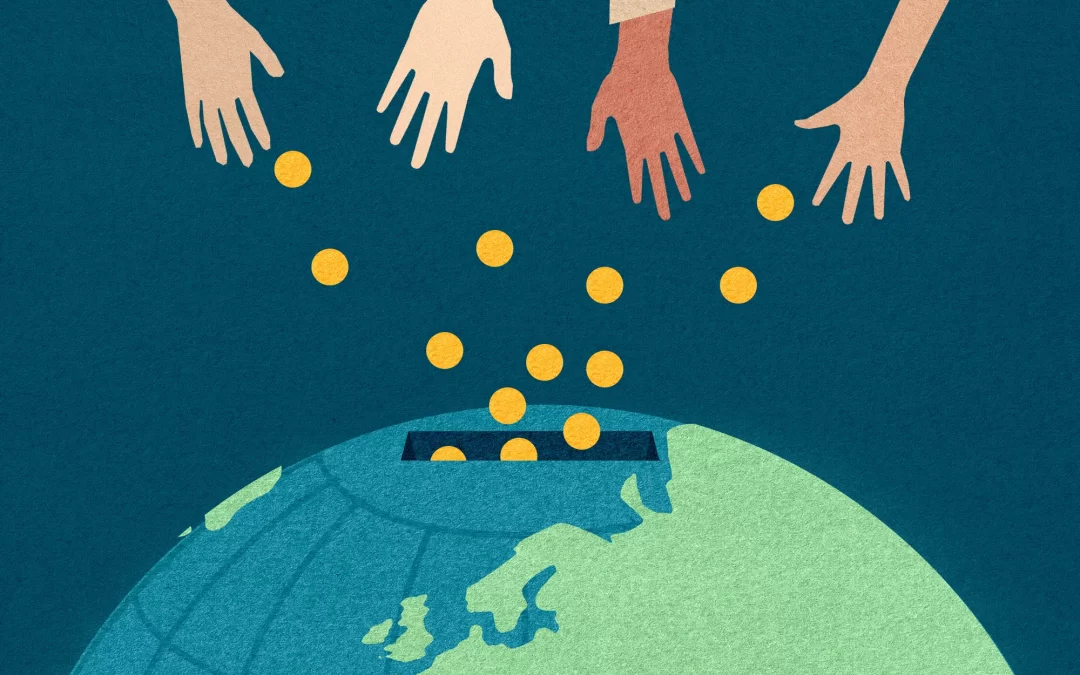The global waste crisis has spurred a pressing need for innovative solutions that can effectively tackle complex waste streams while reducing the burden on the environment. Enter next-generation recycling technologies, a beacon of hope in the quest to transform waste into valuable resources. In this article, we delve into the world of advanced recycling technology, spotlighting its role in handling challenging waste streams like e-waste and plastics and discussing its potential to revolutionize the recycling landscape.
Redefining Recycling: From Linear to Circular
Conventional recycling methods often fall short when faced with the intricacies of modern waste streams. Advanced recycling technologies mark a paradigm shift from linear approaches to circular systems, where materials are not simply repurposed but transformed into high-quality resources that can be reintroduced into production cycles.
E-Waste: A Digital Dilemma
Electronic waste, or e-waste, presents a unique challenge due to its hazardous components and intricate composition. Advanced recycling technologies are designed to recover valuable metals, rare earth elements, and precious materials from discarded electronics. Techniques like hydrometallurgical processes and electrochemical separation enable the extraction of valuable resources while minimizing environmental impacts.
Chemical Recycling of Plastics
Traditional mechanical recycling struggles with certain plastics, especially those contaminated or composed of multiple polymers. Chemical recycling, a transformative approach, breaks down plastics into their molecular components, allowing for the creation of new plastics or other chemicals. This process offers a new lease of life for plastics that would otherwise end up in landfills or incinerators.
Pyrolysis: Turning Waste into Energy
Pyrolysis, a thermal decomposition process, holds immense promise in addressing organic waste, plastics, and even tires. Through controlled heating in the absence of oxygen, waste is converted into valuable products, including biofuels, chemicals, and carbon black. Pyrolysis not only reduces waste but also generates clean energy sources.
Renewed Focus on Energy Recovery
Advanced recycling technologies bridge the gap between waste management and energy recovery. Techniques like gasification and plasma arc technology convert waste into synthesis gas or syngas, which can then be used for heat and power generation or as feedstock for the production of fuels and chemicals.
Closing the Loop: The Circular Economy Vision
The circular economy vision hinges on closing the loop of resource use, minimizing waste generation, and maximizing the value extracted from discarded materials. Advanced recycling technologies align perfectly with this vision by diverting waste from landfills and incineration and reintroducing it as valuable feedstock.
Collaboration and Innovation
The adoption of advanced recycling technologies requires collaboration among governments, industries, researchers, and innovators. Funding research and development, establishing supportive policies, and fostering partnerships are crucial to accelerating the deployment of these technologies on a global scale.
A Brighter Future Through Innovation
As the world grapples with mounting waste challenges, advanced recycling technologies offer a glimmer of hope for a more sustainable future. These cutting-edge solutions not only address the complexities of e-waste and plastics but also pave the way for a circular economy where waste is seen as a resource rather than a burden. By harnessing innovation and technology, we have the potential to reshape the way we manage waste and create a world where materials are continuously repurposed, reimagined, and reintegrated into the fabric of our economies.
Conclusion
The era of advanced recycling technologies heralds a new dawn in waste management, shifting our focus from disposal to transformation. By unlocking the potential of e-waste, plastics, and various waste streams, these technologies enable us to close the loop, reduce our environmental footprint, and build a more sustainable future. As we embrace innovation and collaboration, we pave the way for a circular economy where waste becomes a catalyst for positive change, turning challenges into opportunities and reshaping the way we perceive and manage our resources.








